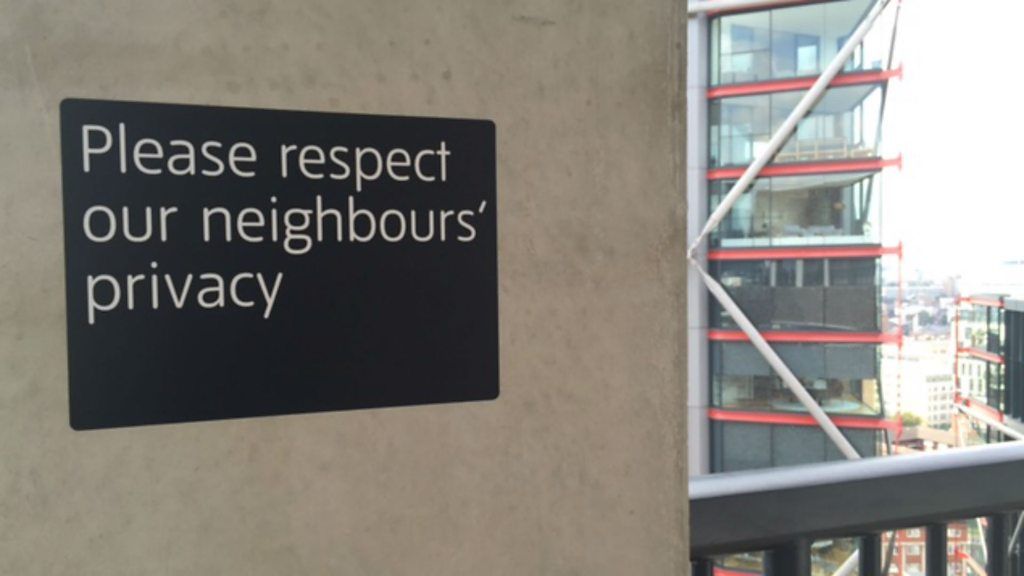Tate Modern: Flat owners win viewing platform privacy case
The owners of four luxury flats overlooked by the Tate Modern in London have won a privacy bid over the use of the gallery’s viewing platform.
The Neo Bankside residents took legal action over the “hundreds of thousands of visitors” looking into their homes.
In February 2020, the Court of Appeal dismissed their claim, saying they should “lower their solar blinds”.
But the Supreme Court overturned the decision on Wednesday following a hearing in December 2021.
The five residents had applied for an injunction requiring the gallery to prevent members of the public observing their flats by “cordoning off” parts of the platform or “erecting screening”.
They lost their case at the High Court and Court of Appeal so took it to the UK’s highest court.
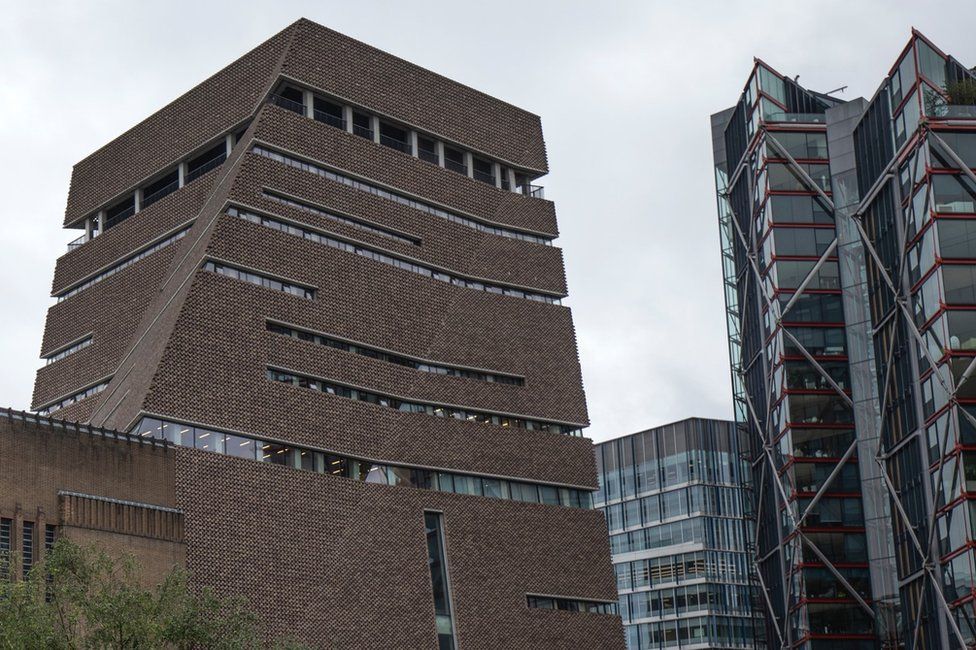
Passing his judgement, Lord Leggatt said the viewing gallery, which is currently closed, left the residents feeling like “being on display in a zoo”.
He added it was “not difficult to imagine how oppressive living in such circumstances would feel for any ordinary person”.
He also found the platform was not a “normal” use of the museum’s land and “inviting members of the public to look out from a viewing gallery is manifestly a very particular and exceptional use of land”.
“It cannot even be said to be a necessary or ordinary incident of operating an art museum,” he said.


This momentous win for the owners of the multimillion-pound glass-box flats has already triggered a huge debate among London’s construction lawyers as to where it will lead.
While the facts of the dispute relate to modern architecture, the law partly dates back to the 14th Century.
The Supreme Court notes that back then, John Le Leche, a London fishmonger, unlawfully erected a “watch-tower” from which he could peep on his neighbours.
That ancient case shows that peering into someone’s home can cause a legally intolerable nuisance, even in a densely populated city.
The key question, as Lord Leggatt explains in this case, is what is reasonable and normal use of land.
And the majority of the court said the Tate viewing deck had created a “very particular and exceptional situation” that crossed the legal line because of its impact.
Just like the 14th Century fishmonger’s long-forgotten watch tower, the constant viewing of the flats was not a “necessary or ordinary” use of the Tate’s land – and therefore must, somehow, stop.

The platform opened in 2016 and provides a panorama of London as well as a direct view into the glass-fronted flats.
The flat owners said it created a “relentless” invasion of their privacy and applied for an injunction the following year.
The court case has been running ever since with the Supreme Court ruling by a margin of three-to-two in the flat owners’ favour.
The case will now be returned to the High Court to determine a solution for the flat owners.
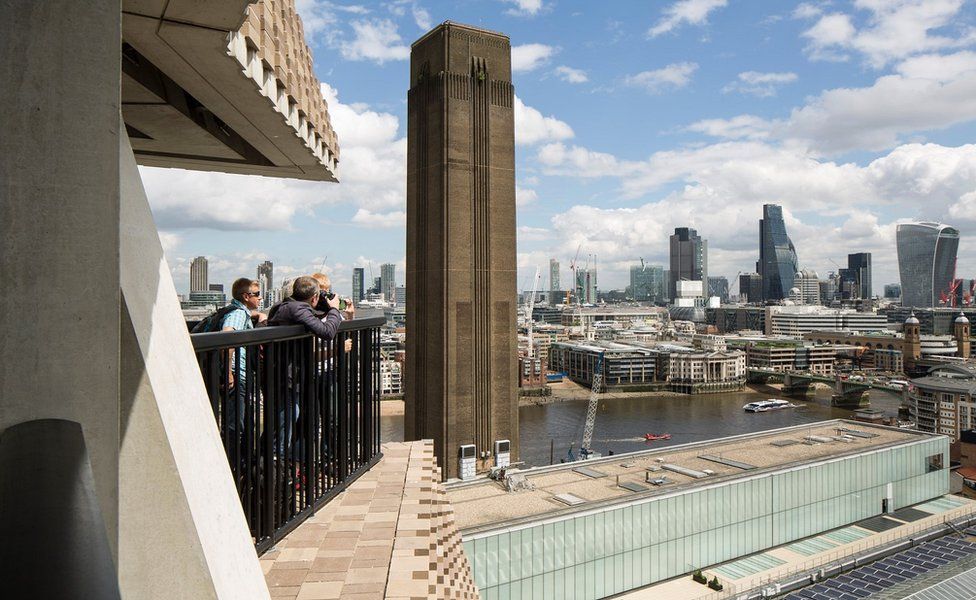
Natasha Rees, a partner at Forsters LLP who represented the residents, said her clients were “pleased and relieved” with the ruling.
She added they would work with the Tate to “find a practical solution which protects all of their interests”.
A Tate spokesperson said as the case has been referred back to the High Court it “cannot comment further”.

Follow BBC London on Facebook, Twitter and Instagram. Send your story ideas to hellobbclondon@bbc.co.uk
- 12 February 2020
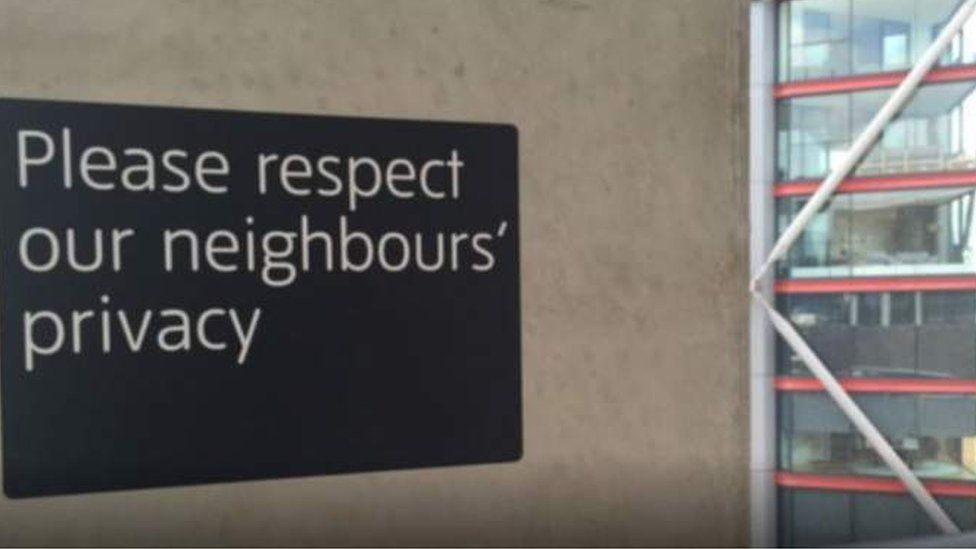
- 8 September 2016
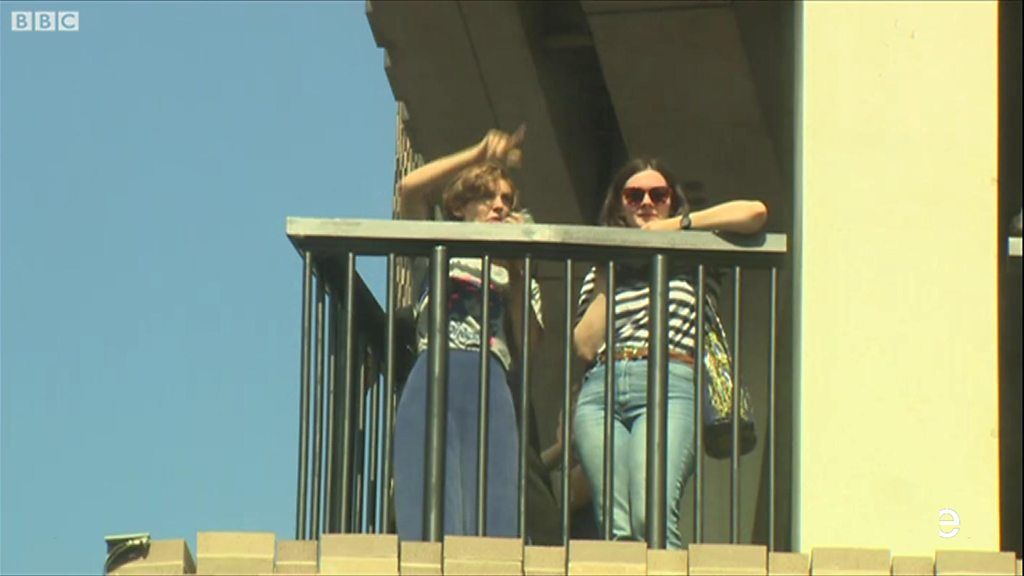
- 22 September 2016
